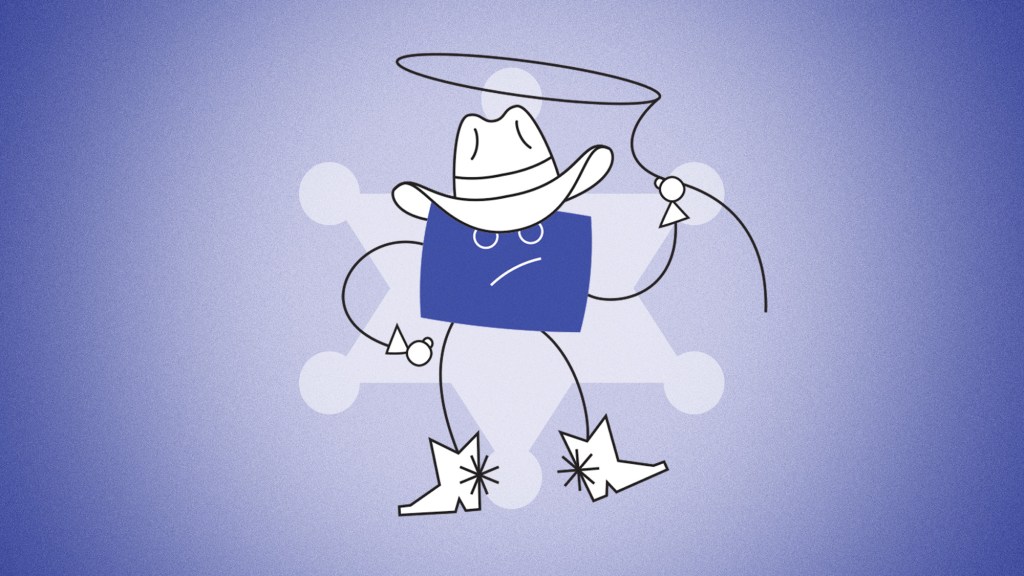
Walt Disney’s new carriage agreement with cable giant Charter Communications is widely seen as a game-changer for the pay TV and streaming sectors, creating a new blueprint for how such deals are structured. Analysts and industry sources point to two key pieces of the deal that will likely be felt: ad-supported streaming in the bundle, and a “resizing” of the linear TV business. It’s a deal that NBCUniversal (which owns Peacock), Paramount (which owns Paramount+) and Warner Bros. Discovery (which owns Max) are surely looking at closely given it is widely expected to impact their future carriage deals.
Mark Lazarus, the chairman of NBCUniversal Media group, acknowledged as much at the IMG Summit outside London on Sept. 14. In an interview with Endeavor president and COO Mark Shapiro, Lazarus noted that his company shuttered some channels over the past few years (Cloo and Esquire Network in 2017, NBCSN in 2021), and that the new deal could lead to changes. “We have spent time over the last few years culling the herd a bit — we’ve closed or merged a series of networks,” Lazarus told Shapiro, noting that NBCSN’s sports went to USA Network and Peacock. “We will continue to evaluate our portfolio. Some of what just happened with Disney and Charter in terms of some networks being prioritized and some de-prioritized, I think the whole industry has to continue to do that and we will continue to do that as well.”
It’s a recognition that this deal could mean a new paradigm for what will work as a cable channel. “While Charter and Disney are friends again, the industry feels different,” Wells Fargo analyst Steven Cahall argued in a Sept. 13 report. “Charter looks to have secured a lower total programming expense (illustratively around $350 million) while Disney has picked up direct-to-consumer distribution (illustratively about $500 million in Disney+ revenues).” But he expects the marginalization of smaller channels to become “a growing theme” across the industry.
Other Wall Street experts echoed the notion that the distributor’s decision not to carry eight smaller TV networks anymore, among them Freeform, Disney Junior, FXM, FXX and Nat Geo Wild, will likely be replicated in other carriage pacts because this seems to suit the age of streaming and cord-cutting. In what could be considered a sign of where Freeform ranks within Disney’s internal priorities, the network now no longer has one executive whose job is to focus entirely on the network. It remains profitable — the themed programming blocks remain a favorite for Freeform’s ad sales team — as Disney insiders are said not to be worried about losing Charter’s 15 million homes (it is still in tens of millions of homes, and its content remains on Hulu).
An industry source said that they believed the first channels to go would likely be “secondary” or “tertiary” channels, anchored to a core offering. Consider Disney Junior and Disney XD, which were offshoots of Disney Channel, or FXX and FXM, offshoots of FX. That could put channels like Paramount’s MTV2 or WBD’s Destination America at risk. But Freeform, with its long history and sizable distribution, suggests that some major channels could also be ripe for a culling, and that distributors will demand value from their programming partners. “Charter is dropping long-tail cable networks while still preserving the most popular linear programming and getting access to more attractive (streaming) content,” explained UBS analyst John Hodulik.
With Disney and Charter staying mum on financial details of their deal, as is common practice, analysts have taken a stab at assessing the financial impact of the dropped networks. Based on data from S&P Global Market Intelligence’s Kagan, Guggenheim analyst Michael Morris estimates that the eight networks combined represent around 11 percent of Disney’s affiliate revenue per subscriber. His conclusion: “We expect that Disney will reevaluate these networks and the amount spent to operate them as other distribution agreements come up.”
Could the likes of Paramount Global’s Logo, Warner Bros. Discovery’s Cooking Channel and NBCUniversal’s Oxygen follow? Cahall expects drops for channels that “generate low affiliate fees/viewership and where the content is available on streaming,” the expert wrote.
For Disney, he sees a $1.1 billion potential impact on operating income before depreciation and amortization (OIBDA), or 19 percent of his estimated fiscal year 2024 linear networks unit OIBDA and 6 percent of his total Disney OIBDA estimate. Cahall concludes: “Paramount is the worst positioned in a future skinny bundle era” and Warner Bros. Discovery has “sizable exposure,” while Comcast/NBCUniversal and Fox Corp. are “least at risk.”
Source: Wells Fargo estimates and analysis. *Operating income before depreciation and amortization (OIBDA)
Lesley Goldberg contributed to this report.
This story first appeared in the Sept. 20 issue of The Hollywood Reporter magazine. Click here to subscribe.














